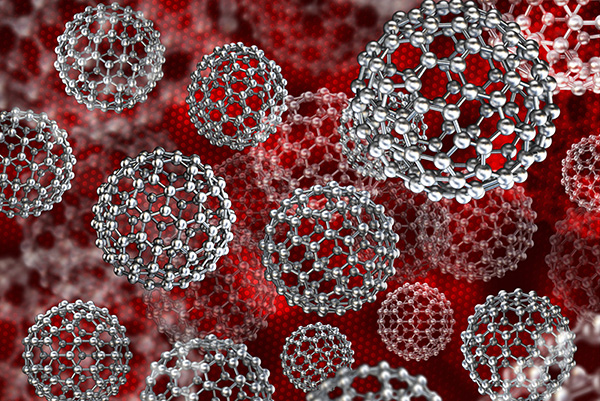Research Overview
Stony Brook University's membership in the Association of American Universities places it among the top 71 research institutions in North America.
At the College of Engineering and Applied Sciences, our researchers are collaborating across disciplines to find innovative ways to improve our world.
Faculty and students work together on interdisciplinary topics in many research centers and institutes including Brookhaven National Laboratory, Cold Spring Harbor Laboratory, New York State institutions and industry. Learn more about Stony Brook University's groundbreaking research.
Applied Mathematics and Statistics
The Department of Mathematics and Applied Statistics concentrates on computational fluid dynamics, high-performance scientific computing, computational biology, computational geometry and stochastic optimization, as well as quantitative finance and data science.
Biomedical Engineering
The Department of Biomedical Engineering focuses on biomechanics, biomaterials, bioinstrumentation, molecular biomedical engineering, tissue engineering, medical imaging and biomedical modeling.

Biomedical Informatics
The Department of Biomedical Informatics conducts research in the areas of computational and systems biology, bioinformatics, clinical informatics, data science, imaging informatics and population healthcare informatics.

Civil Engineering
The Department of Civil Engineering focuses its research in the areas of coastal and hydraulic engineering, environmental engineering, geosystems engineering, smart civil infrastructure systems, and structural engineering and mechanics.

Computer Science
The Department of Computer Science is engaged in research in all areas of computer science, specifically focusing on the following areas - algorithms and complexity, computer architecture and operating systems, artificial intelligence and machine learning, computer vision, bioinformatics, data science, cyber security, cyber-physical systems, modeling and verification, human-computer interaction, parallel and distributed computing, quantum computing, networking and mobile computing, programming languages, robotics, computer graphics, visualization and virtual reality.
Learn more

Electrical and Computer Engineering
The Department of Electrical and Computer Engineering’s research activity includes machine learning and artificial intelligence, power systems and electronics, photonic and electronic devices, quantum information science and technology, circuits and VLSI, sensors and networks, and engineering driven medicine.
Learn more

Materials Science and Chemical Engineering
The Department of Materials Science and Chemical Engineering is at the forefront of cutting-edge research, driving innovation in biomaterials, catalysis, computational material science, crystal growth, energy, nanotechnology, polymers, sensor technologies, thermal spray, and pioneering advancements in sustainability and materials for climate solutions.
Learn more

Mechanical Engineering
The Department of Mechanical Engineering focuses on robotics and machine learning, advanced energy systems, mechanical design, thermal engineering, solid and fluid mechanics, novel engineering materials, thermodynamics, and advanced internal combustion engines.
Learn more

Technology and Society
The Department of Technology and Society focuses on resilience, sustainability, smart communities, waste management, artificial intelligence and ethics.


